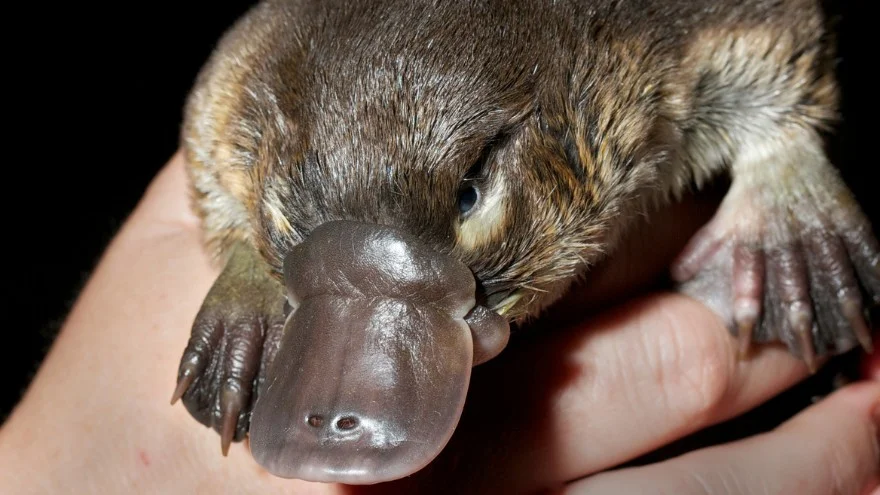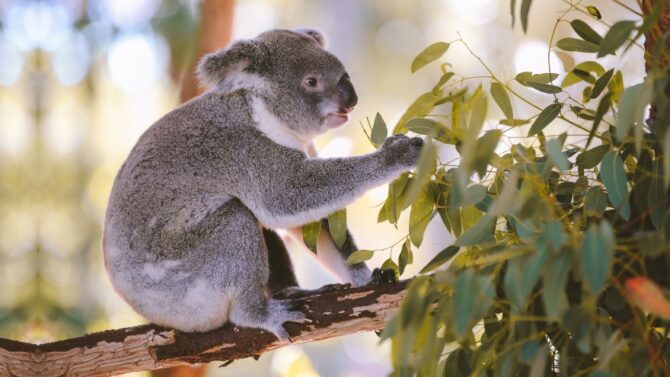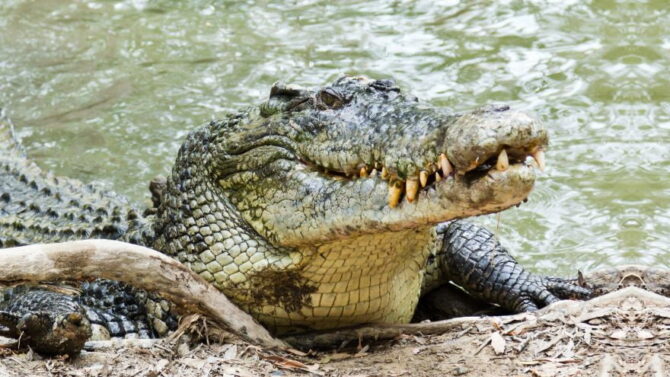It does not require a degree to notice the eerie concentration of odd animals on the world’s farthest continent, Australia.
Most of the animals found in Australia are odd-looking. This has caused many wonders as to why a larger percentage of animals in the continent are bizarre-looking, from the Tasmanian devil, thorny devil, numbat, and many others.
Why Does Australia Have Weird Animals?

Australia is home to a wide variety of unique and interesting animals, many of which are found nowhere else in the world.
This is due in part to the continent’s long history of isolation from other land masses, which has allowed its flora and fauna to evolve in unique ways.
One of the most well-known examples of this is the kangaroo, which is native to Australia and is found nowhere else in the world.

Other strange and unique animals found in Australia include the koala, the wallaby, the echidna, and the platypus.

Australia’s diverse range of habitats, from the tropical rainforests of the north to the dry desert regions of the interior, also contribute to the wide variety of animals found on the continent.
In addition to the native animals, there are also many introduced species in Australia, such as camels, rabbits, and foxes, which have had significant impacts on the native ecosystems.
Read on to discover in detail some reasons why at the very least, Australia has a monopoly on strange animals.
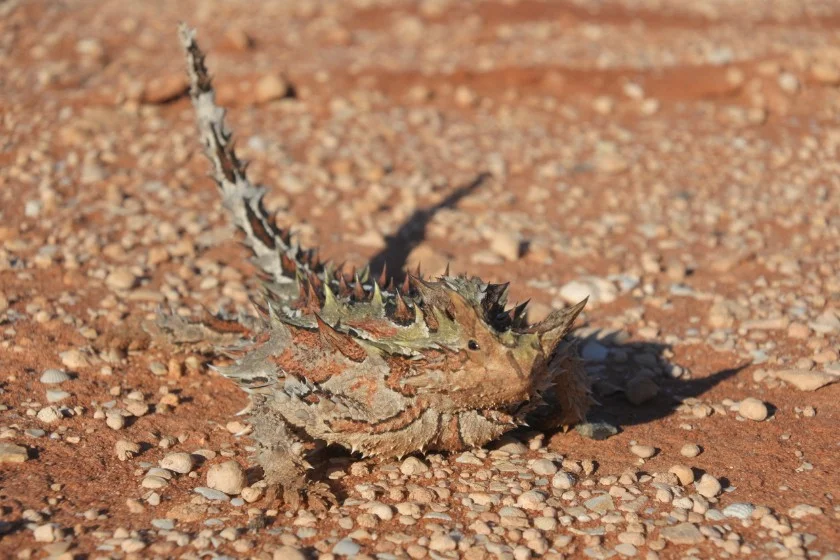
Reasons Why Strange Animals Live in Australia
Position of Australia
Australia’s isolation from other landmasses has been said to be why animals in Australia are mostly odd.
The map of Australia reveals a wide blue surrounding implying that Australia is an isolated island continent surrounded by water.
83% of mammals, 24% of fish, and 89% of reptiles are endemic to the continent.
Why is this so? Animals in other continents tend to travel great distances during climate changes, but Australian species have not had that as a choice.
Therefore, many local creatures have had to sit it out due to the continent’s isolation, making them display distinctive traits and adaptations for survival.
Dubious Distinction
While most animals in Australia evolved and developed distinctive traits due to the continent’s isolation, snakes, judging from the high proportion of venomous species, found their way into the continent rather than evolving there.
Therefore, Australia has the controversial distinction of being the only continent where most snake species are venomous.
Evolutionary Isolation
South America, Antarctica, and Australia were initially connected during the continental drift, allowing animals to roam freely between these now separate continents – how marsupials made their way to Australia.
Study reveals that marsupials evolved in South America but moved to Australia because of the initial connection between these continents.1
However, these animals evolved in isolation for millions of years due to further continental drifts around 40 million years ago.
The evolution resulted in the uncanny marsupial forms known today, including spotted quolls, wombats, kangaroos, bilbies, and Tasmanian devils.
Strange But Vulnerable Species
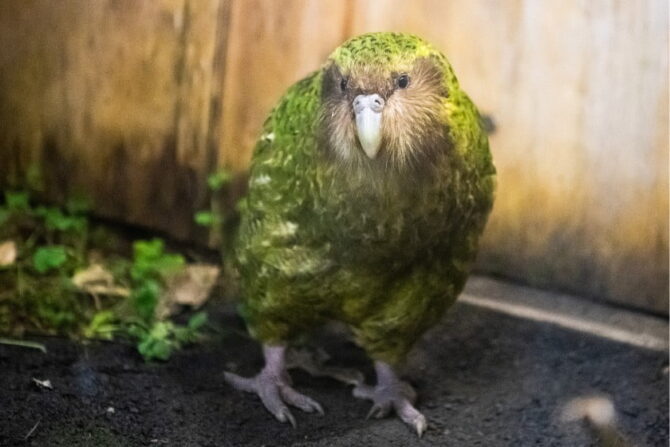
Australian animals might be uncanny, weird, or strange-looking, but they are also vulnerable. Unique species that develop when plants and animals evolve in isolation are often more vulnerable to novel predators or pathogens.
One that readily comes to mind is the kākāpō that roamed New Zealand during pre-human times but became critically endangered after human arrival in the country.
Endemic Species in Australia
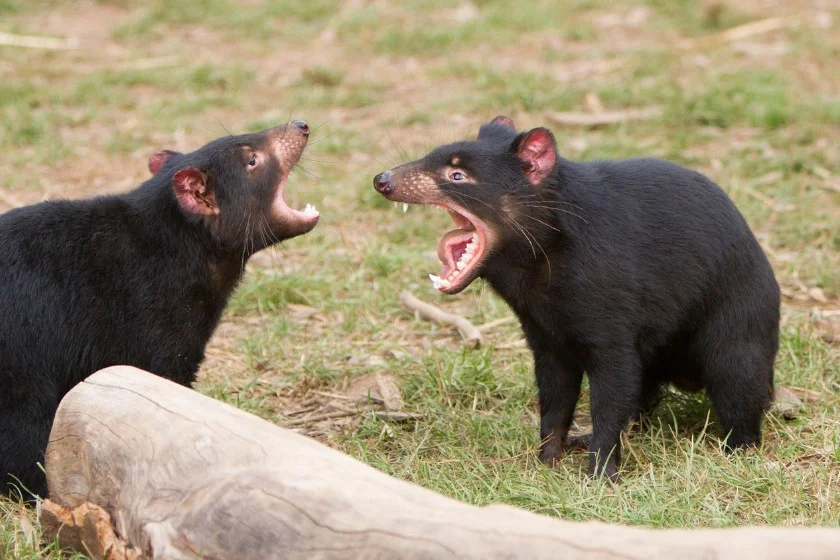
What are some of the species of animals unique to Australia? About two-thirds of Marsupials have made their home in Australia.2
On the island of Tasmania, there is a strange canine-like carnivore known as the Tasmanian devil. This creature is strange as it has teeth that never stop growing, allowing them to break tough bones.
Formerly common throughout mainland Australia, the Tasmanian Devil is now restricted to Tasmania.
Australia, it seems, has a monopoly on the “devil” animals, as another creature endemic to the continent is the Thorny Devil. This animal has spines all over its body to protect them from predators.
The numbat is another animal unique to Australia; this unlikely creature has 50 to 52 teeth. Surprisingly, the adults do not use them as they have long sticky tongues to catch prey.
It spends the nighttime in tunnels or hollow logs too small for predators to fit through. It utilizes its extremely thick-skinned rear to block the entrance at night to defend itself from predators better.
The Largest and Smallest Animals in Australia
Having seen some animals native to Australia, how about the largest animal in Australia?
Interestingly, the largest species in Australia is the red kangaroo, which is indeed enormous, reaching 6.9 ft in height and weighing up to 201 pounds.
This species of kangaroo, amongst others, hops around and is not able to walk backward.
The title of smallest mammal in Australia belongs to the long-tailed planigale, weighing about 2.6 to 6.3 grams. This creature is a fierce predator and can go for prey of its exact size.
Frequently Asked Questions
What animals are not found in Australia?
Australia may be home to weird animals, but only expect to find some animals on the continent. Camels, for example, are not native to Australia and can be found only in captivity. The numbat, quokka, flying fox, and spotted handfish are other animals one cannot find in Australia.
What animals are found in Australia that cannot be found anywhere else?
Kangaroos, wallabies, dingos, and wombats are native to Australia and do not exist in the wild anywhere else. However, certain pairs are found in some zoos in the United States, the United Kingdom, and a few other countries.
What is Australia’s largest predator?
The dingo (Canis lupus dingo) is Australia’s largest living predator. Studies show that foxes and cats are rare where dingoes are locally present because dingoes kill these smaller predators, and further observational evidence reveals that foxes fear and avoid dingoes.
What is Australia’s rarest land mammal?
Northern hairy-nosed wombat, one of the world’s rarest land mammals, is endemic to Australia. The wombat is currently restricted to a 1.2 square mile range within Epping Forest National Park in Queensland, Australia.
Wrap Up
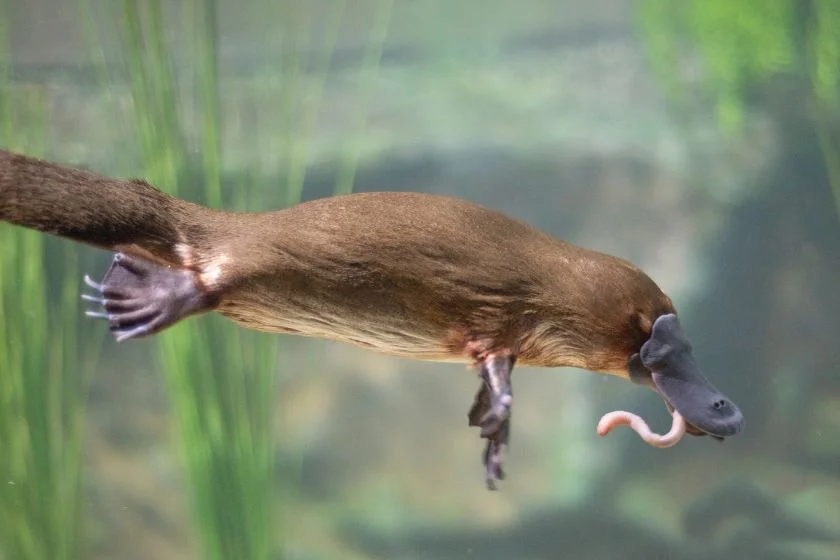
In conclusion, Australia is home to a wide variety of unique, interesting, and weird animals due to its long history of isolation from other land masses and its diverse range of habitats.
As mentioned above, the kangaroo, koala, wallaby, echidna, and platypus are just a few examples of strange and fascinating animals that can be found in Australia.
While many of these animals are native to the continent, there are also a number of introduced species that have had significant impacts on the native ecosystems.
Regardless of their origin, the animals of Australia continue to fascinate and delight people from all over the world.
Next up…
References & Notes
- Nilsson A. M., Churakov G., Et. al. 2010. Tracking Marsupial Evolution Using Archaic Genomic Retroposon Insertions. Plos Biology.
- Marsupial Mammals. University of California Museum of Paleontology.
